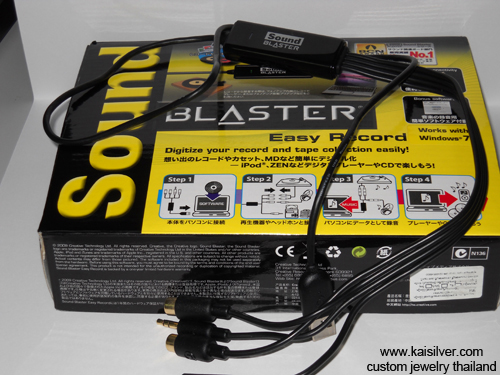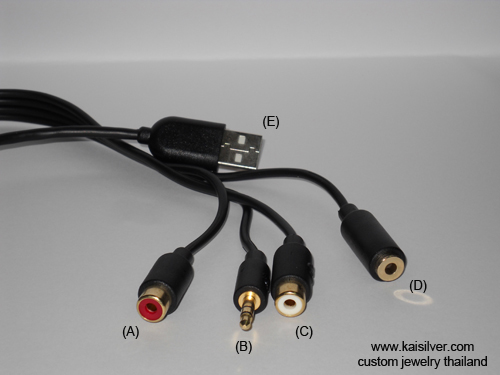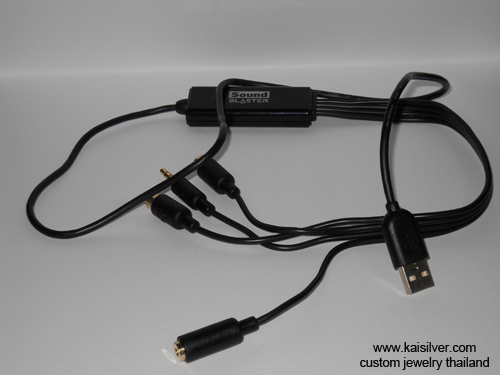Record Sound From Sound Card
How To Capture Sound From Your Computer Sound Card
This report talks about a requirement that often comes up, you have an audio track that you hear on your computer- you wish to save the audio as a file on the computer. The specifics of audio formats etc are a bit premature now, you first need to understand how to record the sound from your computer sound card. The information in this report might not be exhaustive in the sense that, some of you might have your own methods to get this task done. But in general, a user who wishes to record sound card output from a computer, is less interested or knowledgeable about technical equipment and jargon. All the user wants is to grab that audio sound from the computer and save it into an audio file. The information presented in this report might therefore, be of little use to a computer professional or sound recording expert - but the number of these users would surely be limited.
Very Basic Method: This process to record the audio sound from your computer sound card is simple and easy but, the results will come with some significant compromises on quality. Your computer operating system generally comes with a simple sound record application. In Windows based computers, you will find a Sound Recorder in the All Programs->Accessories->Entertainment menu. Trust Microsoft to jump and juggle the location of this recording utility in the menu scheme but, we doubt that they would ever take it off completely. What this utility does is to, record sounds picked up from the microphone (mic) that is either built into your computer or attached to it. Now if you have a sound coming from your computer speakers (internal or external), the mic if kept in the vicinity, could obviously pick up those sounds. And if you started the Sound Recorder program as the microphone picks your computer sounds, the sound would be saved in a file on your computer. You can start and end the recording session by, accessing the controls from the Sound Recorder program. If you have purchased a microphone as an additional accessory, it is quite possible that it came with a CD loaded with a more efficient sound recording application - use that by all means. Some programs, might allow you to select the sound file format, in which you would like to save the sounds recorded from your computer. Keep in mind that several free and paid utilities allow you to convert audio and video files into different formats.
We mentioned that this basic method of recording computer sounds comes with it's bag of compromises. The audio quality that you get on the sound recording is quite rudementary, you might have guessed that the recording would pull in surrounding noise and sounds too. Computer users have devised some rather innovative solutions to cut unrequired noise from such computer recordings - working in a closed padded room is just one of them. We have seen some interesting mini-tents assembled to allow the computer sound recording to happen, inside a fairly quiet environment. These efforts deliver results that are somewhat better but, surely do not lift the quality of the computer sound recorded to a truly satisfactory standard. But if all you want is a basic recording to be casually referred to, this simple and easy method to record your sound card audio output should be sufficient.
The Next Level: The basic method explained above is simple but, the quality of sound recording might leave a lot to be desired. Your desire to record sounds from your computer sound card, might yield better results with the method explained here. The sound card in your computer, should have a socket for an external microphone and external speakers or headphones - take a moment to notice and locate these on your computer. You could actually run a cable from the headphone socket to the mic socket - this would in most cases divert audio to the microphone socket and not allow the computer sound card audio to be heard outside. This might pose a problem when you need to assess the start and end timing for your computer sound recording. The same Sound Recorder software that we mentioned above, can be used to capture the sound card sound into a sound file on your computer. The cable used to make the headphone to microphone connection can be purchased at most computer or audio spare part stores. When capturing sound from your computer in this way, you manage to keep external sounds out of the recording. The problem of computer audio sounds not being played externally during the recording session, might bother many of you. A small technical effort can help you overcome this issue - use an adaptor that splits the headphone socket into two. Place a pair of headphones or external speakers into one of these sockets, place the connecting cable into the other. So when you begin the sound recording process on your computer, the audio generated by your computer sound card is split - one portion travels via the connecting cable into the microphone socket, the other leaks out into your headphones or external speakers.
When we tried this process to capture audio from the computer sound card, we met with varying degrees of success - results also varied from computer to computer. In many cases, the computer audio recording sounded like the source was being played into a loosely held paper! The disturbance that gets recorded can be reduced to a certain extent by lowering the audio volume on the computer - this also reduces the sound level on the recording. The advantage of this method over the basic method explained earlier, is that external sounds need not be a source of worry - recording quality might still not impress many users.

Pay For Quality: After testing a few options including those mentioned above, it became clear that it is as far as we could go for a free ride, or on a mere 1$ connecting cable. The need to record audio from the computer sound card was high so we shifted gears and started looking for some commercially available solutions. It became clear that a 30 U.S$ to 50 U.S$ investment would, lead us in the right direction. Reviewed a few options and struck upon the Creative Sound Blaster - Easy Record device. Let us clarify here that, we neither sell nor advertise for any such product - the information is provided only to suggest a viable option. Paid about 40 U.S$ for this small device that comes with a CD published with related softwares and drivers. The Easy Record device can do many more things besides, recording sounds from a computer sound card - but let's not get into a sales tune here. On one end of the Creative Easy Record device is a USB connector, the other end splits into four points - 2 RCA female sockets, a 3.5mm male mini stereo line input connector and a female receptor for a 3.5mm stereo line connector. You will need to install the drivers and softwares that came with the Easy Record device before you can use it.

Since our main aim is to record audio from the computer sound card, let us limit our explanations to that. The 3.5mm mini stereo connector, should go right into the headphone socket of your computer. The USB connector at the other end of the Creative Easy Record device, should plug into a USB socket on the same computer. Basically the sound is taken from the headphone socket via the 3.5mm cable into the computer through, the USB port. We used the Smart Recorder utility that exists in the USB Sound Blaster software - this should be installed from the CD that came with the Easy Record device. Once you have installed the drivers and software, take a moment to read and understand the pamphlet that came with the device - there is a minor change that you will need to make in the Audio and Sounds (Windows) setting on your computer.

Recording sounds from your computer in this way will give you an impressive recording quality considering that, the dollar outlay is not much. The same Creative Sound Blaster Easy Record device, can also be used to record sound on your computer from other external devices like, televisions, smart phones and tablets. You could for example, extract just the audio track from a video that is playing on your computer or other device. There are various audio formats that can be selected when recording the sound - MP3 appears to be the most popular and compact format.
Legal Ending: You are now armed with the skill necessary to record sound from your computer but, before you do any such thing - here is something that you should know and respect. Most audio visual content published on the internet or available in the form of tapes and compact discs, is protected by copyright. The publisher of such material has spent time, money and effort in getting that material out. He or she has been kind enough to share it but, that does not mean that you or anyone else can reproduce it in any form. Keep this in mind because, some of you might one day be the creator and owner of such material - and you would not want to have your work copied or manipulated in any form.
